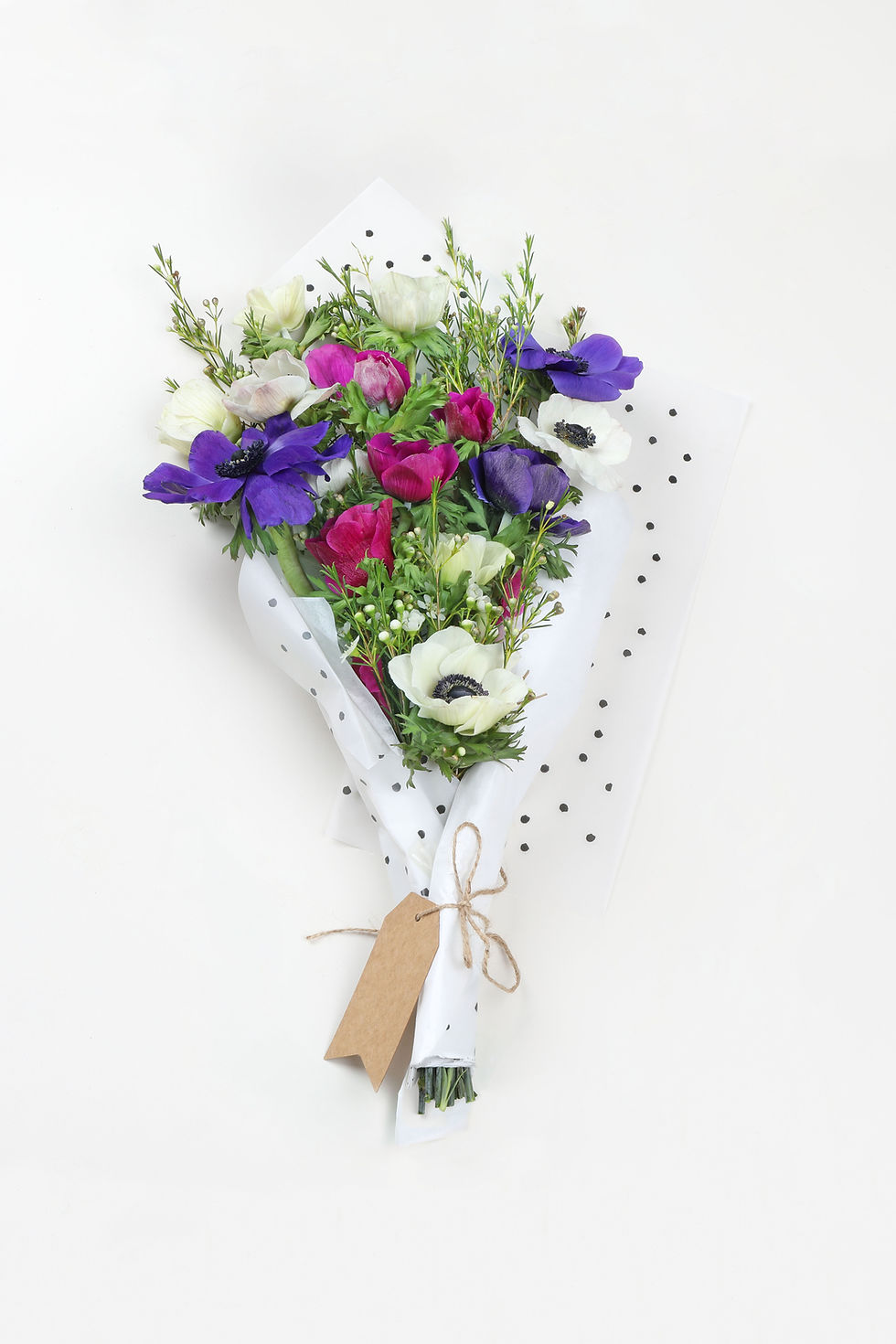
Deep ruby with a tight rim. The 75% Cabernet fruit gives this 2013 a crunchy dark fruit, tannins, and firm conditioned by a certain natural ripeness from merlot fruit a la style the Commune Larbade, along with tones of violets, pepper and herbal nuances on the nose, which reflect the palate. On the palate, this 2013 Giscours is quite masculine to start; the medium finish is elegant. Some 80% of the malolactic fermentation occurs in the tank, and 20% occurs in the barrel. The wine of Chateau Giscours is aged in 50% new French oak barrels for an average of 18 months. RP and JS scores are low at levels of 90, though WE, from an enjoyment angle, gives a higher 93. The price is played down and is a bargain for a Margaux Cru with ten years behind. The palate combined with fine, ripe tannins and the gentle but balanced structure will give immense drinking pleasure now and over the coming years. Excellent value.
91-93 points Wine Enthusiast
This wine is firm with plenty of structured tannins and warm, ripe blackberry fruit that will allow it to develop well. In the great style of Giscours, the wine is concentrated, dense and finished with juicy fruits. Drink from 2020. (RV) (3/2016). Edited.
91 points, James Suckling
A fresh and clean red with bright acidity and lively fruit. Medium to entire body, fine tannins and lively finish. Beautiful intensity on the finish for the vintage. Delicate. Drink or hold. (2/2016). edited.
91 points Vinous
Bright ruby-red. Enticing aromas of minty redcurrant, blueberry, cedar and graphite. Juicy and fresh in the mouth, red and dark berry flavours are lifted by harmonious acidity. Finishes with slightly peppery, youthful tannins and a lingering violet note. (ID) (5/2014). Edited.
90 points Robert Parker's Wine Advocate
Chateau Giscours indeed boasts one of the superior aromatic profiles of the Margaux appellation, with delightful red cherries, fresh strawberry fruit, and an essence of minerality. The palate is medium-bodied with ripe tannins on the entry, although the finish kind of 'stumbles' over the finish line, and the oak feels just a little heavy-handed. Maybe this will sort itself out by the time of bottling. Tasted April 2014. (NM-Wine Journal) (5/2014). Edited.

Dense and deeply coloured with a tight garnet rim, this wine is structured(good acidities, fine tannins, medium-bodied from 13.5% ABV) and well fruited(blackcurrants, plums, oranges, spices, certain freshness, and lemony finish). 60% used oak. There are tones of chocolate, cigar box, autumn leaves, tobacco and graphite. Like 2012, 2011 does not give excitement and surprises but is four square with solid character. 2011 is slightly more structured, though. The 92% Cabernet Sauvignon gives certain rigidity, with a mere 6% Merlot and 2% Cabernet Franc on the conditioning. Not bad as a second wine- lots of mileage. Still enjoyable.
Scores are good, for example, 94 Tim Atkins, also 93WE.
WE93.
The wine is all about firm structure and dense tannins. It is concentrated while hiding rich, generous fruits. It still needs to balance the structure with the fruit. In the future, it will be a rich wine full of power. Edited.

Connoisseur or novice, 2012 is a year for all to enjoy by now. And indeed, it is a joy to experience 2012 Kirwan as a sleeper in the barrel stage to the recent manifestations on the nose and palate of black and red berries – cherry, black currant, and blueberry, enhanced by aromas of spices, pink peppercorns and vanilla. It starts mellow (20% Merlot), then offers the taste buds a rich body and power (68% cabernet), with soft tannins and an acidity that perfectly balances out its silky texture.
There are always some tones of meatiness and toastiness (and some complexities) from the relatively high percentage of balancing grapes, so there are 7% Cabernet Franc and 5% Petit Verdot. However, this percentage level is already one of the highest in Margaux.
Very drinkable now.
The 2012 Kirwan has great USPs of Kirwan. We can think of the following.
Great terroir: the highest point in the appellation, sloping from the Cantenac to Brane; dense gravelly sand.
8000 vines in a HA
60-year-old vines; partial 27 to 30 years old
Complimented as the First in the Third Growth (1855 Classification)
1.5m spacing in the field (not normal 1m) to increase ventilation and hence fruit freshness
New stylistics under the baton of Eric Boissenot
Current stance: more merlot, less balancing grape, less new oak, less late-picked and less jammy in style.
Classic, aristocratic taste: 2012 Kirwan classic Margaux elegance, good purity and structure, well-rounded tannins, attractive red fruit, and is not as meaty as it used to be on the palate.
Scores are not bad.
WE92–94. Barrel sample. This solidly tannic wine is powerful and firm. It's a complete wine, showcasing fruit and tannin elements to give a complex, structured whole. A wine that is for long-term ageing. Edited.
Larson 92. Floral and elegant with wild berries, violet, tobacco and fine spices. Very silky and soft palate, good density of fruit, medium weight but very good length, purity and precision.
































